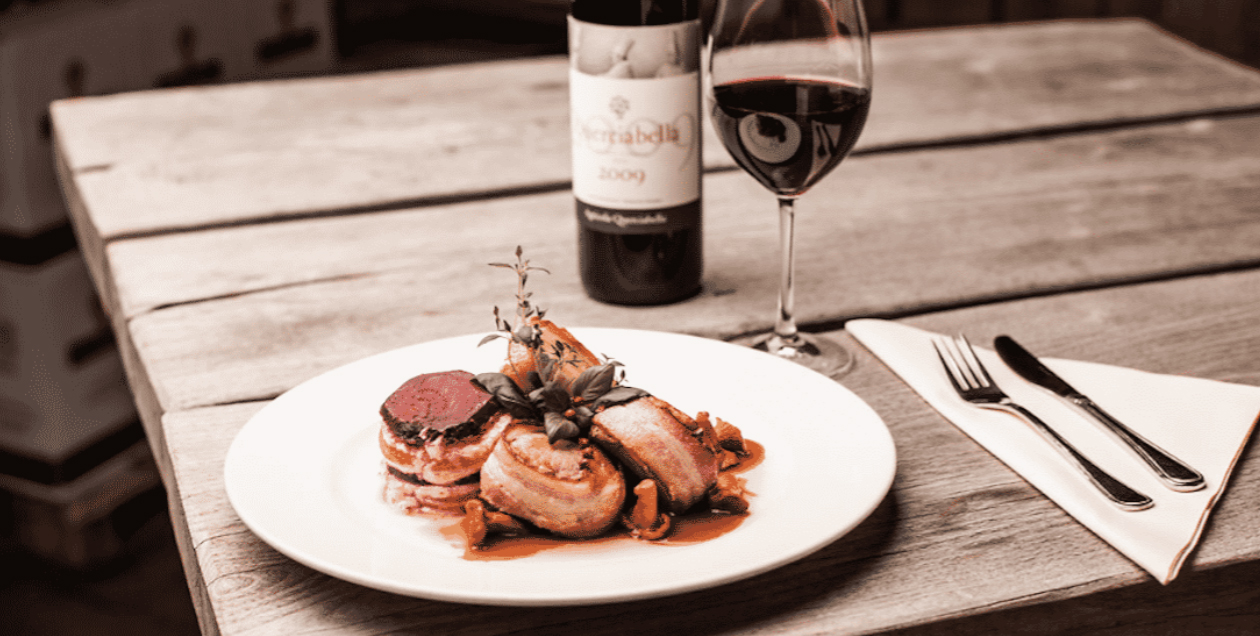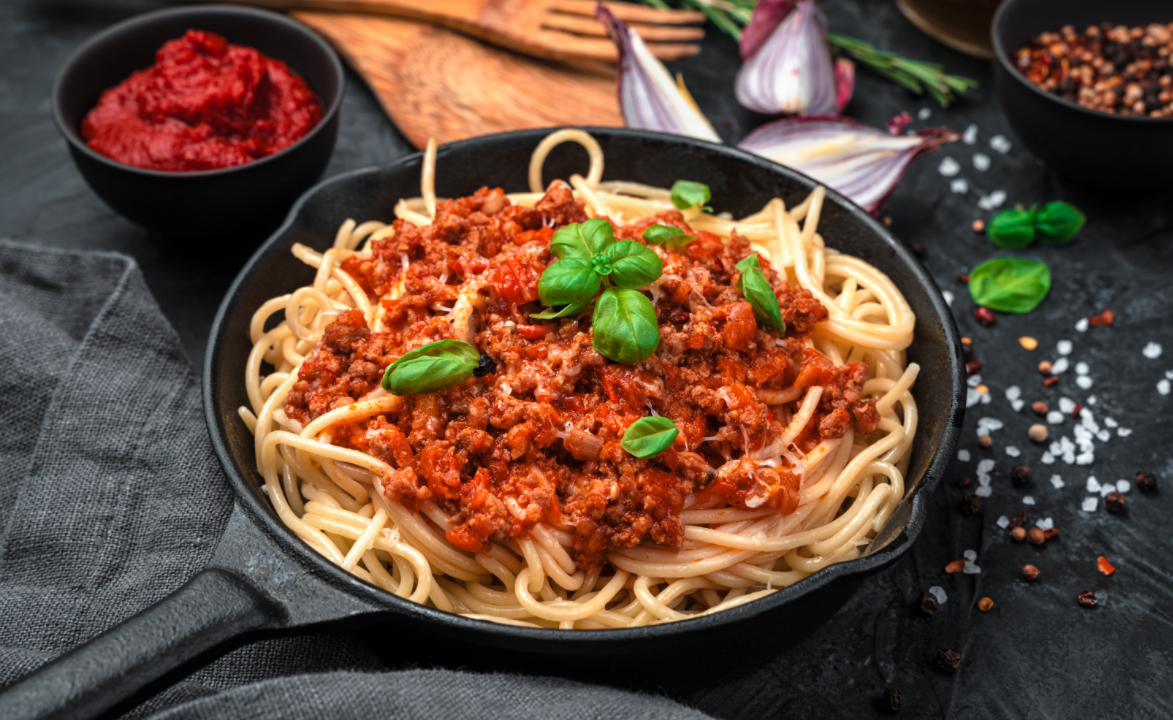The Restaurant and Your Wine Have you ever sat in a restaurant for dinner, and the waiter came up to ask what drinks you would like to have even before you had ordered your food! In case you do not know, the professional way is to allow the diner to order the food first before asking what beverage to go with the food. All wines should accompany the type of food selected and not the other way around. We call this pairing. In this way, the wine will enhance the food flavors and the ambience that come with the restaurant settings. |
|
So, What Wine To Pair With the Food? There are no absolute right or wrong answers. We can, however, provide a guide. You probably have heard of “Take white wine with white meat, and red wine with red meat”. This guide is essentially correct. But is it just that? Not really. To expand on this, I should say that depending on the cooking method, gravy, condiments, etc., it will also determine which wine is preferred. Sometimes you hear people describing a particular wine as heavy/strong. In wine-speak, it means full-bodied. |
| Whichever wine we choose to go with the food, always remember that the wine is meant to complement the food and enhance the dining pleasure. Hence, we should avoid taking a wine that is strong/full-bodied with a lighter tasting dish. Let me illustrate. You have just ordered a baked codfish and taking it with a strong Cabernet Sauvignon red wine. No matter how fresh and tasty the codfish is, you probably will taste more of the red wine than anything else. In this case, the red wine has ‘overpowered’ the food. So, the guide is that instead of just “white wine with white meat, and red wine with red meat”, it should be supplemented by ‘heavier food’ with full-bodied wines, vice versa. So, what is considered ‘heavy’? Thick sauces, grill, beef, lamb. Many of us would have eaten Aglio olio pasta. It is also one of my favorite Italian food cooked simply with olive oil. As this is a light tasting dish, I would recommend a white wine. But there will always be a segment of people who still insist on having a red wine regardless of what is cooking. In this situation, I would suggest a medium-bodied red wine, and that would be a Pinot Noir wine. |
Did you ever notice that the wine menu always has a Chianti red wine in every Italian restaurant? To be called a Chianti wine, it has to be produced in the region of Tuscany, and at least 80% of its grapes have to be of Sangiovese. Now, what is the significance? Wines that contain Sangiovese grapes have a higher-than-usual acidity in the wines. And this attribute complements perfectly with Italian and Mediterranean cuisines, which are predominantly tomato-based. Now you get the drift about how wines are meant to complement food. |
| In pre-COVID 19, many of us would visit the restaurants serving sumptuous buffets on weekends. You could see diners queuing to take plate-loads of freshly shucked oysters. By now, you would know that a white wine would go well with the raw oysters. But how do you make it a perfect pairing made for Heaven? It would help if you chose a Chablis. Now, what is this foreign-sounding name all about? Chablis is a small region north of Burgundy, France. For certain notable places, the French has their unique sense in naming wines by the region. They expect you to know that if someone refers to a Chablis, it has to be a wine made from Chardonnay grapes. It will be embarrassing if you ask a French what a Chablis is made of, especially if you professed earlier that you had drank lots of wines (and presumably know a lot). |
Now back to why we choose a Chablis (Chardonnay) to partake with shucked oysters instead of any Chardonnay from Australia or Chile? This region Chablis used to be part of the sea many thousands of years ago. Therefore, Chardonnay wines produced in the Chablis region tend to have a slight saltish taste, which goes well with the fresh oysters. |
The Never-Ending Quest For Perfect Pairing You would have realized by now I have only scratched the surface of what wine pairing is all about. In fact, I wanted to pique your interest in food pairing with wines, not just to reach for the nearest wine from the table or to select the first wine that appeared on the wine menu. It is no different than when you order Hainanese chicken rice; you never do without the accompanying fiery chilli sauce to create the umami. To write a complete guide on what wines to pair with what food would require too many pages. Instead, as I said before, life is a journey. Drinking and eating is part of the journey—experiment on your own. Let me know your experiences and share them with the rest of us. In subsequent articles, I will touch on some personal experiences. Enjoy your journey! Copyright Wine Tatler LLP 2021. All Rights Reserved |
|









